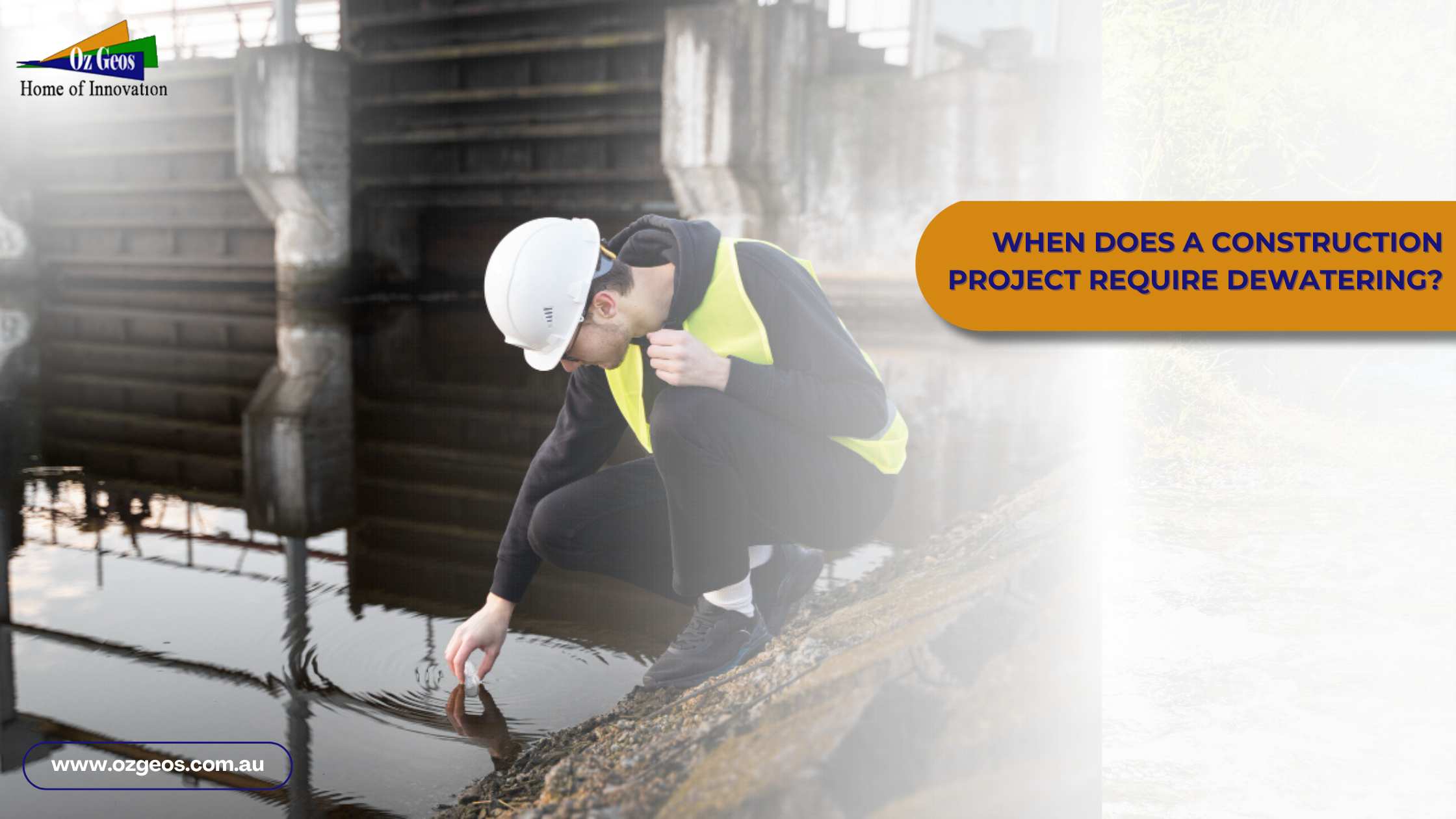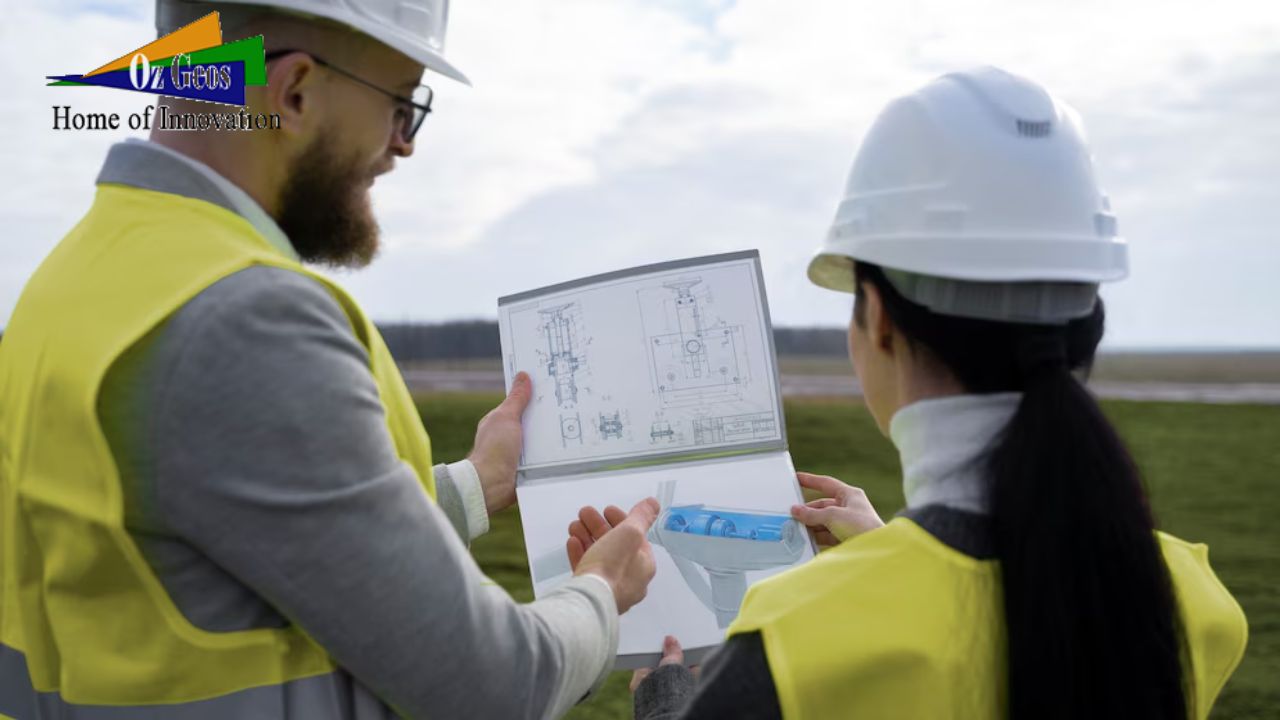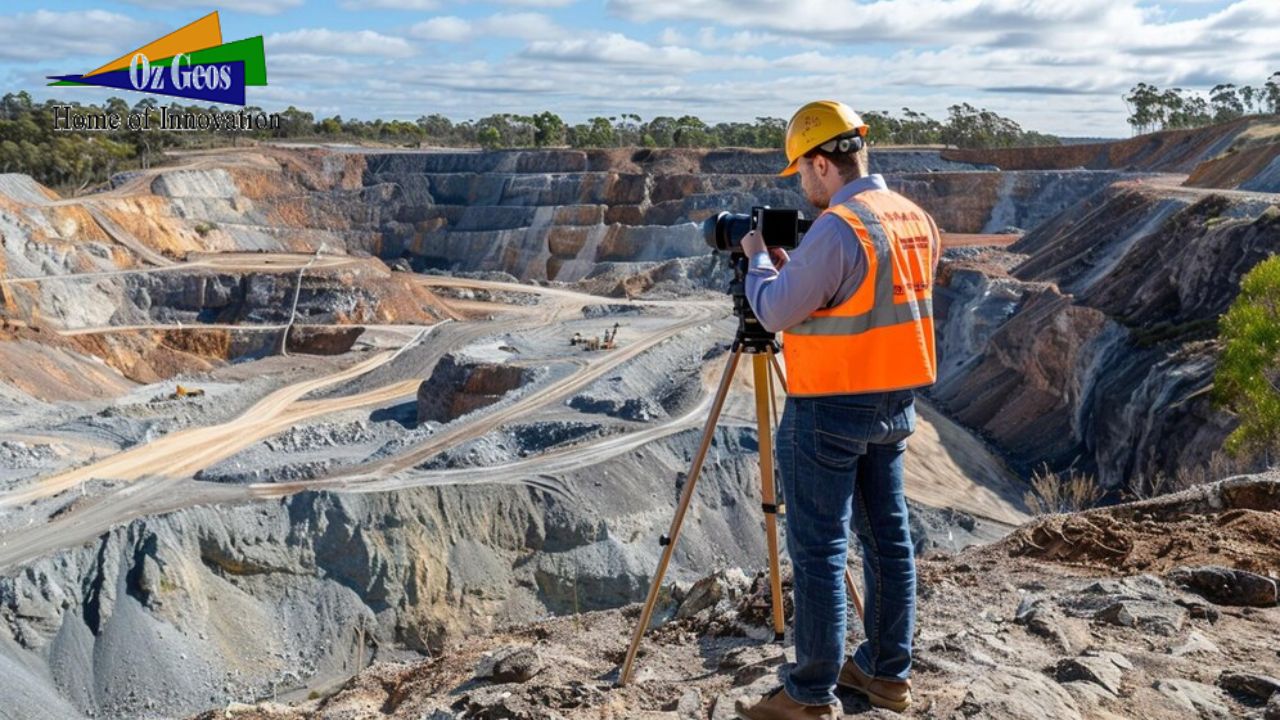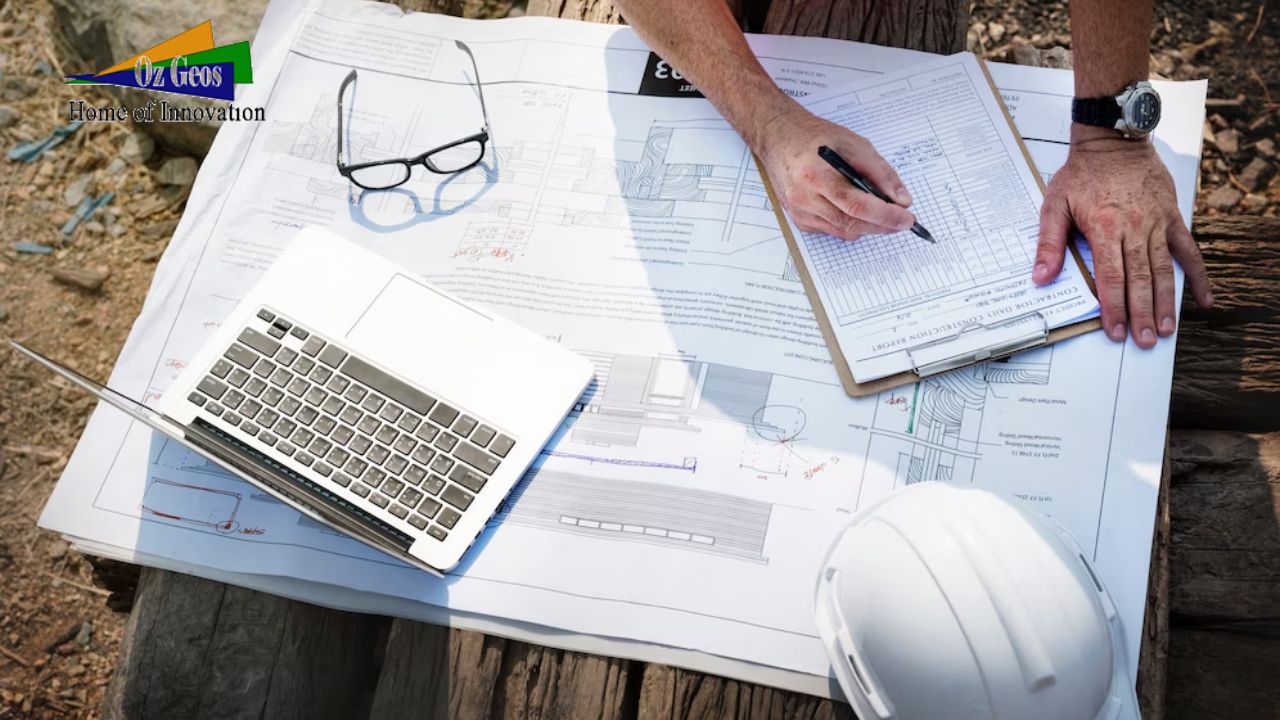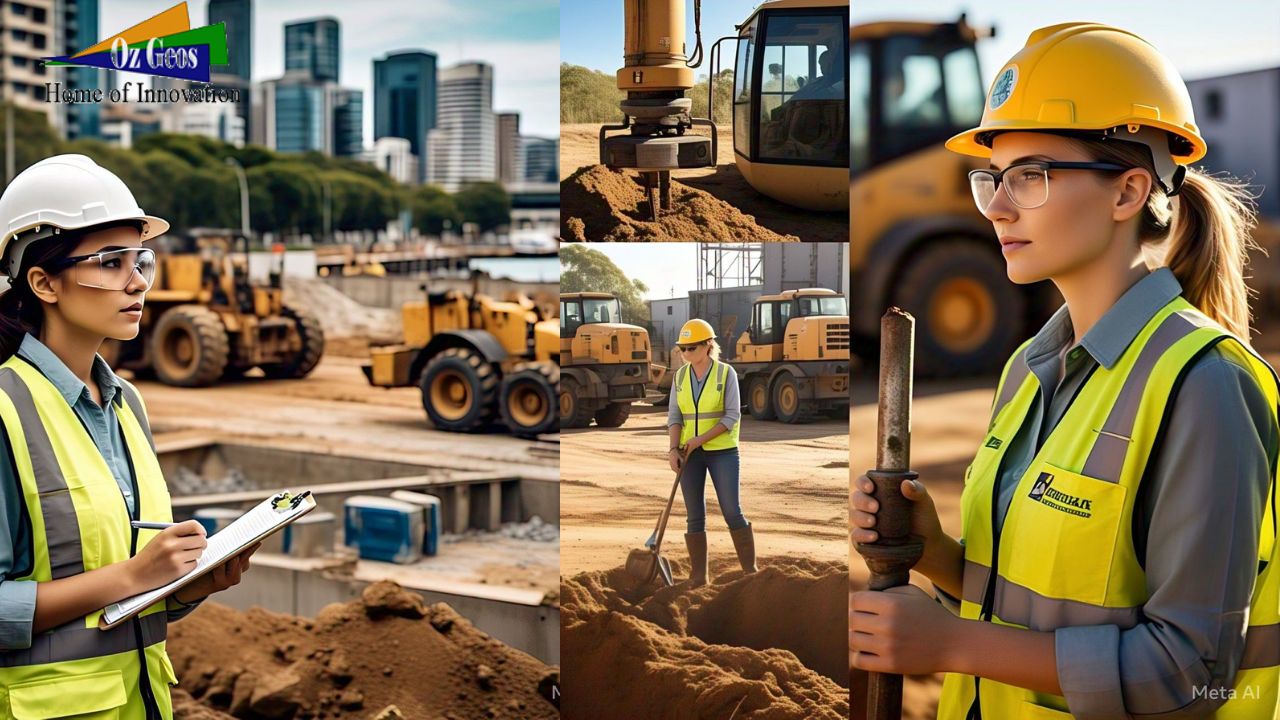WHEN DOES A CONSTRUCTION PROJECT REQUIRE DEWATERING?
Dewatering is a vital method that removes water or moisture from solid material or soil.
WHAT IS DEWATERING?
Dewatering is an important technique that involves getting rid of water from a construction site, excavation, or underground tunnel. The process is necessary for ensuring the safety and stability of the construction work environment for workers and preventing waterlogging in the soil.
WHY DEWATERING?
Reason: Dewatering aims to minimize the weight or volume of the material. This helps to enhance its stability or strength and facilitates the handling or transportation of water or solid material for disposal or reuse.
KEEPING YOUR CONSTRUCTION SITE DRY: WHEN DOES DEWATERING COME IN?
OzGeos understands the significance of a secure and effective construction site. One vital element for achieving this is managing groundwater. Here’s where dewatering comes in – the process of eliminating groundwater and surface water to generate a dry, secure, and comfortable work environment. But how do you know when your project needs dewatering?
THE NEED FOR A DRY WORKSPACE:
Dewatering isn’t a universal solution. It’s most frequently required when a project involves:
- Excavation: Basements, foundations, trenches, or underground constructions all require dry soil conditions. Excessive water can result in:
- Soil Instability: Saturated soil loses strength, enhancing the chance of erosion, settlement, and even collapse. This can threaten the foundations of your project and endanger workers.
- Construction Delays: Working in a moist atmosphere slows everything down. Delays caused by dewatering issues can significantly impact your project timeline.
- Safety Hazards: Working in moist conditions can be risky due to slippery ground and the possibility of machinery sinking.
- Tunneling and Mining: Subsurface structures require managing water to maintain worker safety and prevent cave-ins.
- Infrastructure Projects: Construction projects such as bridges and highways often involve working below the surface of the water table, requiring dewatering.
- Remediation Projects: Dewatering is important when draining polluted groundwater to clean the environment.
- Flood Control: Pumps, drainage channels, and dewatering systems are crucial in low-lying regions prone to flooding.
SIGNS YOU NEED DEWATERING:
Even if your project does not fit perfectly into one of those categories, there are hints that dewatering may be essential:
- Presence of a Water Table: A geotechnical survey will identify the level of the water table at your site. If it’s near the expected excavation level, dewatering is necessary.
- Wet Soil Conditions: The presence of standing water or damp soil denotes a high water table.
- Nearby Water Bodies: Construction near streams, lakes, or wetland regions might require dewatering.
OzGeos: YOUR PARTNER IN DEWATERING SOLUTIONS
OzGeos offers an extensive variety of geotechnical and environmental advisory services, particularly effective dewatering techniques. Our staff is equipped to assess your site and formulate a tailored dewatering strategy. They suggest the most suitable dewatering methods. With our significant experience and commitment to safety, we ensure that your construction project stays dry and on time.

